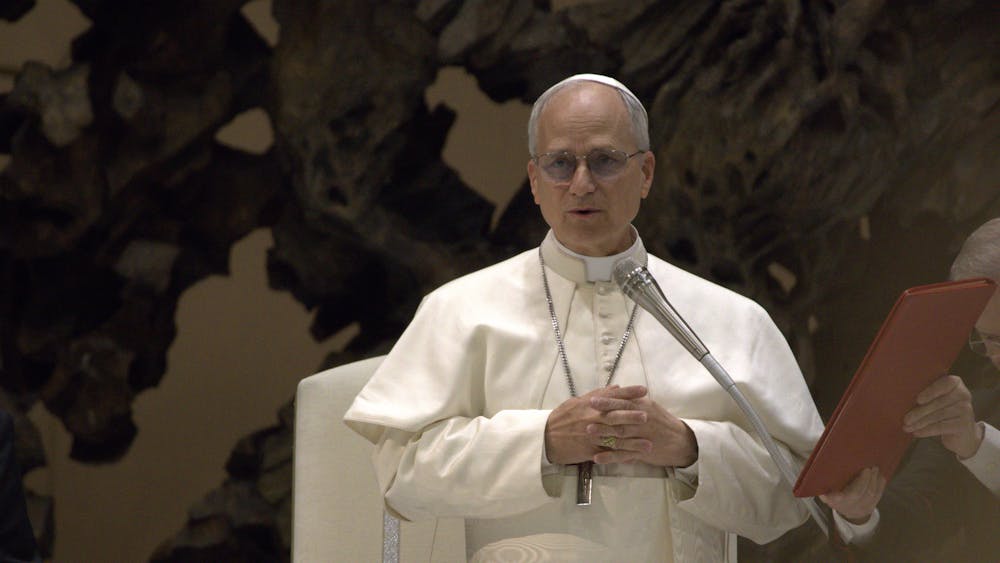After a record-breaking year, Notre Dame’s endowment returned -6.9%, dropping to $18.9 billion this fiscal year, according to the 2022 Annual Report. The University also reported a decrease in investment return during a staff town hall last fall.
The University has company for this fiscal year’s negative fiscal return, with many universities experiencing drops in their endowments amid rockier market conditions. Over the June 30, 2021 to June 30, 2022 period, the S&P 500 Index, an economic bellwether that tracks the 500 largest public companies, returned -13.4%, suggesting that Notre Dame’s -6.9% return actually beat the overall market for the fiscal period.
The endowment year-end market value on June 30, 2022 totaled $18.9 billion, excluding assets held on behalf of religious affiliates, a significant decline from the 2021 endowment year-end market value totaling $20.3 billion. Compared to a record 53.2% overall return in 2021 — the second-highest one-year return in University history — Notre Dame’s endowment swung to a negative return.
“Despite the -6.9 percent overall return for 2022, performance for the fiscal year and over longer durations remains strong relative to [long and short term] benchmarks,” the report stated. 
“The Notre Dame Endowment remains our single largest revenue stream,” Shannon Cullinan, University executive vice president, wrote in the report.
In the Message from the President at the start of the report, Fr. John Jenkins wrote that one of the most notable developments of the year was the election of John McGreevy by the University’s Board of Trustees as provost. The combination of McGreevy’s “scholarly achievements, his commitment to academic excellence across the University, his understanding of Catholic higher education and support for Notre Dame’s mission, and his embrace of [the University’s] aspirations regarding diversity, equity, and inclusion make him an ideal leader for Notre Dame at this moment in our history,” Jenkins said in the report.
The largest portion — 43% — of the endowment payout is dedicated to scholarships and fellowships. Approximately $183 million is ultimately allocated to this cause. The decision to dedicate this large portion of the endowment to scholarships and fellowships is “critical to maintaining need-blind admissions and the University’s commitment to meet full undergraduate financial need,” the report states. 
Contributions and philanthropic support to the University this year were just as strong, if not stronger, than previous years. Contributions receivable for the 2022 fiscal year totaled $550.5 million, an increase from 2021’s contributions receivable at $515.5 million.
Due to recent strength in undergraduate and graduate enrollment, revenue from net tuition and fees has modestly grown. However, because of this enrollment increase, the revenue was slightly offset due to a larger distribution of scholarships and fellowships. 
The pandemic was not a large issue in this year’s annual report. Brian Kirzeder, manager of University financial reporting, said that the University is no longer making up for costs from the pandemic, and “if you look at the current fiscal year, it’s largely unaffected by the pandemic, whereas fiscal years 2020 and 2021 were heavily impacted.”
Jenkins also said in the report that we have begun to “draw upon the important lessons of the last two years,” maintaining a strategy designed to generate long-term financial success through market volatility and major shifts like the COVID pandemic.
Notre Dame’s endowment lost $1.4 billion in value last fiscal year, according to annual report
A chart from the report shows the endowment’s trajectory over the course of the past two decades.
A pie chart from the annual report shows how the endowment is paid out.
Chart detailing charitable contributions over the past 9 years.
A chart from the report shows revenues by source over the past four years.









